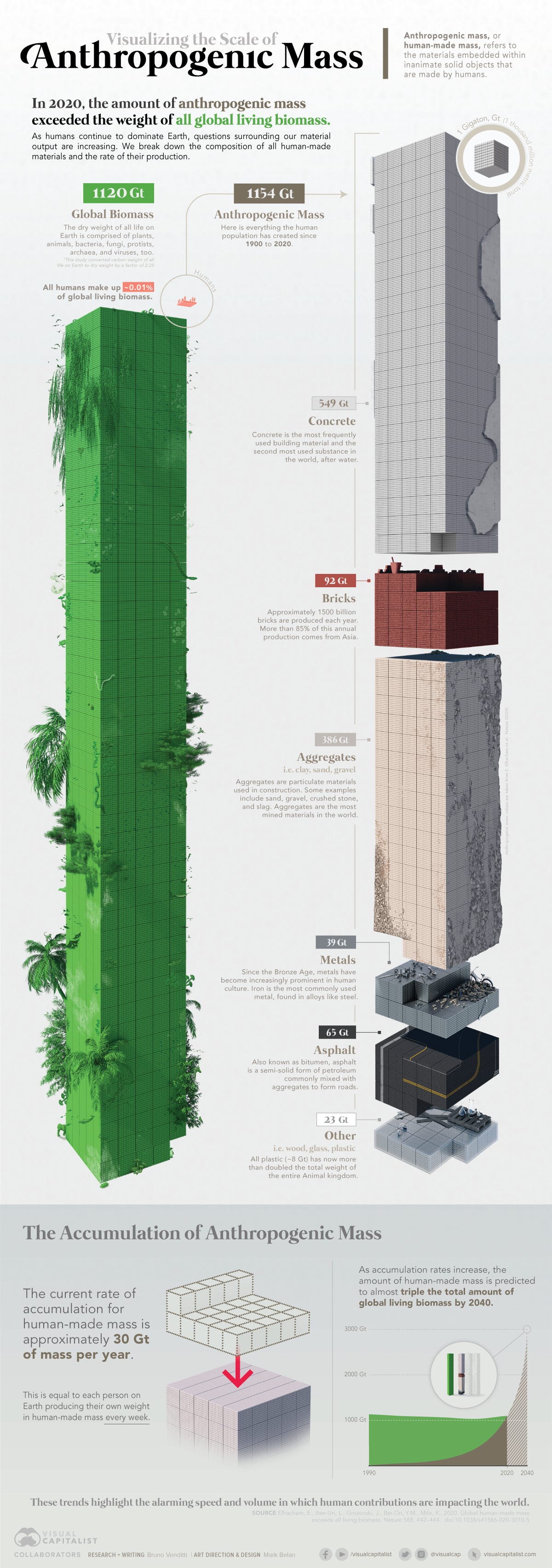Technology is helping us to talk to dolphins and to listen to forests. Very cool. But Regenerative Intelligence isn’t a technological upgrade. It’s a shift in worldview. It asks:
How can we become part of the ecosystems we study? Can machines help us remember we are nature, too?
In this newsletter, we’ll explore these boundary-crossing spaces. Where biology meets bytes. Where long-term thinking replaces short-term fixes. And where intelligence is no longer defined by control—but by care.
It’s a discovering journey without clear-cut answers. I wish you a good read :).
Talking with Dolphins
When Stuff Outweighs Life
Listening to Ecosystems
1) Talking with Dolphins
Natural + Artificial Intelligence
Google’s new DolphinGemma project promises something stunning: interspecies communication through large language models. They’re not alone, Project CETI, the Earth Species Project, and others are racing to translate the language of whales, birds, and bats. The idea? Use AI to talk with non-human life.
One experiment involves a device called CHAT (Cetacean Hearing Augmentation Telemetry) that invents new “dolphin words” in hopes that dolphins will adopt them. The device then analyzes their responses and translates them into human language. A linguistic bridge built by silicon on the back of a Pixel 6 (!).
It’s explained in this short clip:
I think these developments are incredibly cool and intriguing. BUT when it comes to Regenerative Intelligence, I’m skeptical. The real question isn’t “Can we talk to dolphins?” but “Why would we want to?”
To choreograph better tricks at SeaWorld?
To lure more fish into nets?
To comprehend the screams of pigs in industrial farms?
Or to feel what it’s like to be a non-human being—truly, deeply?
To understand the interconnectedness of nature and other ways of being better?
Regenerative Intelligence begins with the question Does our listening restore relationships, or reinforce control?
2) When Stuff Outweighs Life
Human Intelligence
This image keeps coming back. A haunting, staggering truth: since 2020, all human-made stuff outweighs all living biomass on Earth.
It’s such an absurd, strong and powerful fact and visual from Visual Capitalist. It’s one of the many arguments why we are living in the antropocene: it’s a clear illustration of how human activity now shapes the Earth.
I hope Regenerative Intelligence will get us out of the Antropocene and into the age of the Symbiocene. It’s a concept from Australian philopsher Glenn Albrecht: The Symbiocene is an age that “will be characterised by sumbiocentric human intelligence that replicates, in all aspects of social life, the symbiotic and mutually reinforcing, life-reproducing forms and processes found in all living systems. The Symbiocene will be that period in Earth’s history where humans symbiotically reintegrate themselves, emotionally, psychologically and technologically, into nature and natural systems.”
3) Listening to Ecosystems
Human & Natural Intelligence
I learned a new word: Ecoacoustics. It’s the wider analysis of bioacoustics, human made sounds, and landscape sounds (such as waves).
In Costa Rica ecoacoustics is used to reveal the health of ecosystems and monitor changes in biodiversity, detect threats, and measure the effectiveness of conservation strategies. Pretty neat if you’d ask me.
This article in Wired covers a lot. One of the researchers explains: “Sounds have been forgotten from a conservation point of view. Most of the time, we hear more than we see. It’s likely that when a disturbance occurs in the system, we can detect it sooner by a sound, or lack thereof, than by other factors.”
They use recorders which they hang in trees to capture many terabytes of data and analysing it with algorithms. Thanks to AI it has become easier to identify specif species and they are even analysing the impact of tourism on the ecosystem.
That’s it for now. I hope you learned something new and I wish you the best adventures, thought-provoking questions and exciting discoveries!






